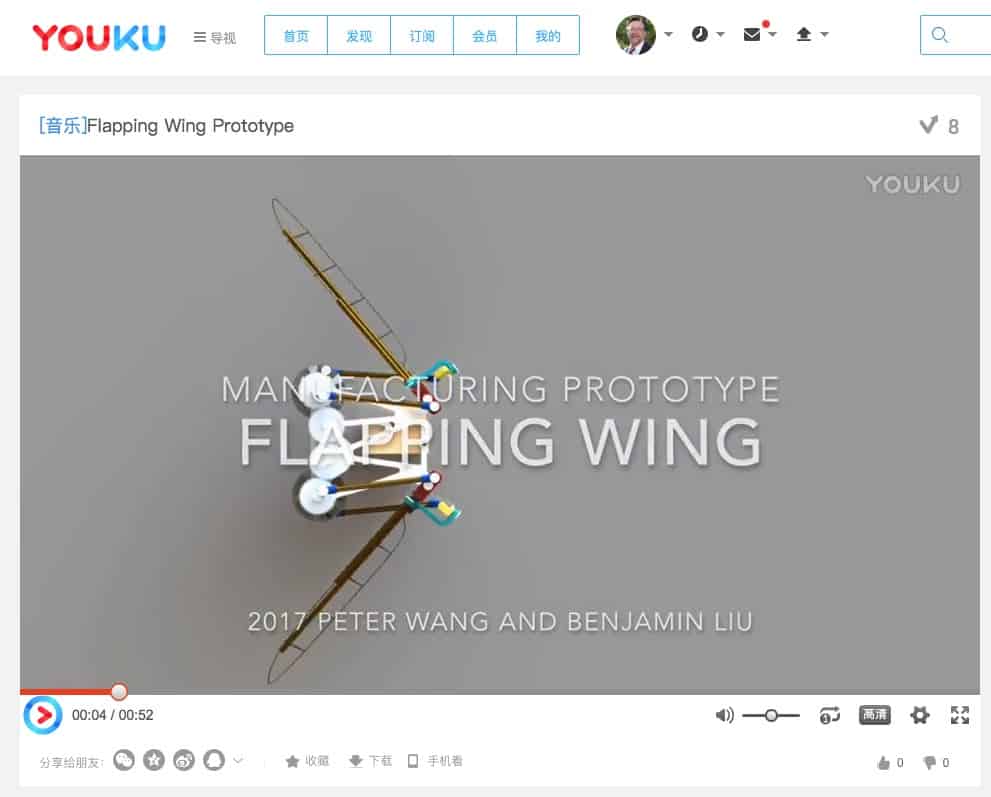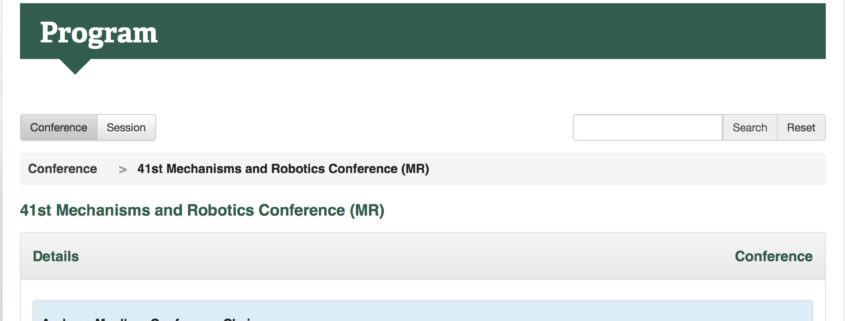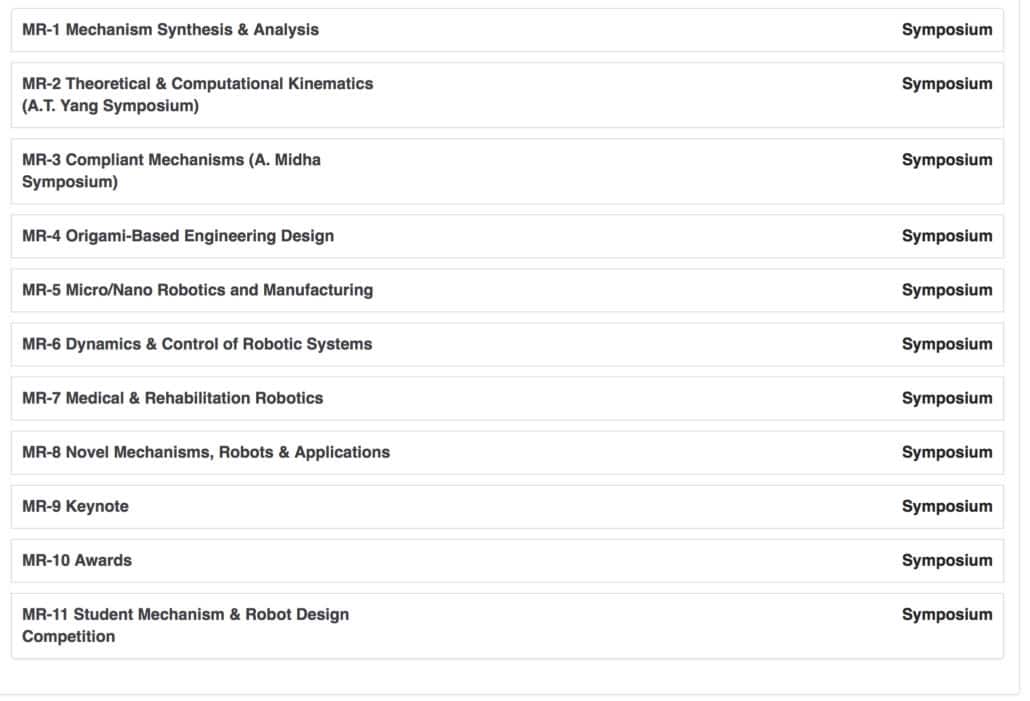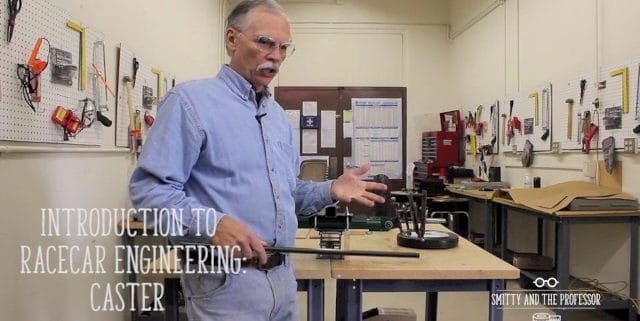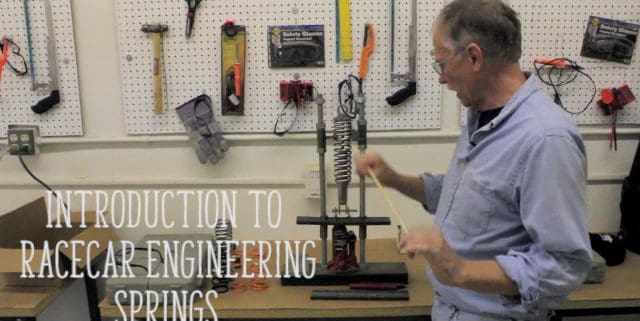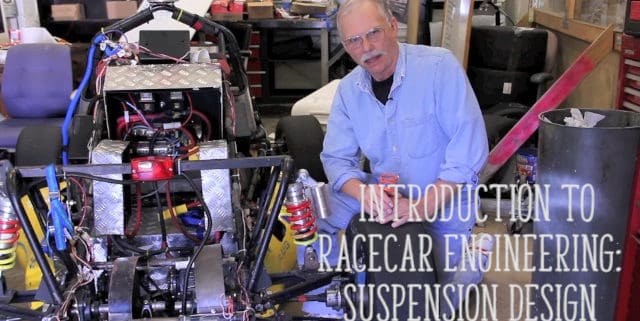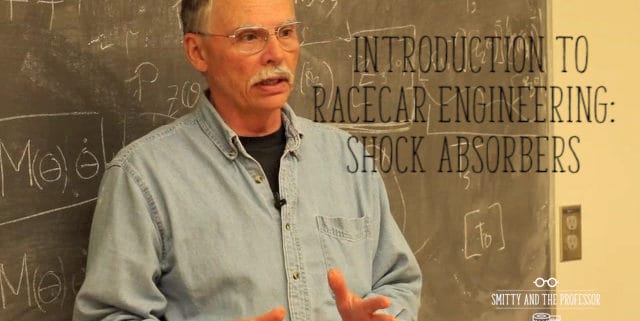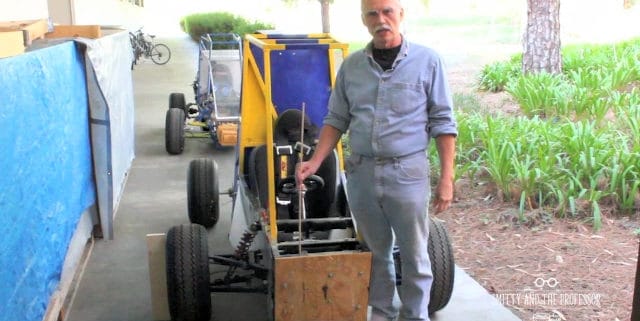Flapping Wing Prototype
This is the manufacturing prototype for the flapping wing mechanism designed by Peter Wang and modeled by Benjamin Liu. The wing is 5cm in length to match the dimensions of a hummingbird.
Here is a link to the youku.com video for our Chinese colleagues: Flapping Wing Prototype.


